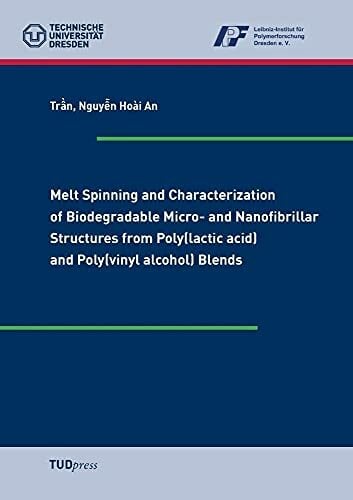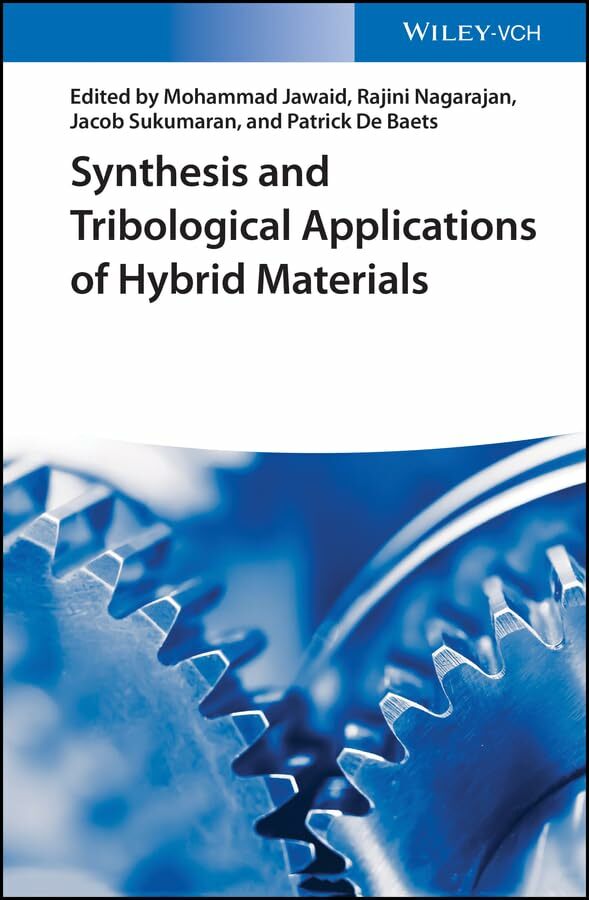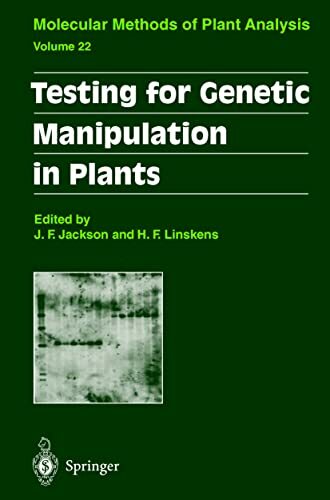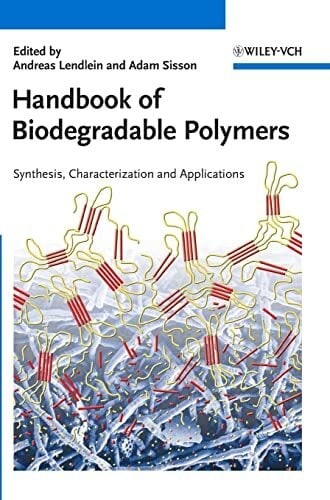
Enzymatic Texturisation of Leguminous Proteins and their Application in Food Models
Kurzinformation
inkl. MwSt. Versandinformationen
Artikel zZt. nicht lieferbar
Artikel zZt. nicht lieferbar

Beschreibung
Besides colour, aroma, and flavour, texture represents a key quality parameter in food technology. Proteins are food ingredients essentially contributing to the texture of foodstuffs. A wide range of proteins from animal and vegetable sources including those of single-cell organisms are available for the production of foods. Cost effectiveness, suitable functionality, and the demand for nutritional and health value are the challenges of today's food product development. Additionally, beside gluten-free proteins non-genetically modified and vegetarian products have become a key issue. Therefore, vegetable proteins have gained increasing attention being associated with high consumer acceptance and nutritional value. Cereals and grain legumes are the most important vegetable sources of protein. However, allergenicity of cereal proteins and insufficient texture properties of proteins from plant origin have so far hindered successful launch of such products. Thus, enhancing texturising properties of proteins from plant origin could open new areas for the development of healthy, well accepted and costeffective foodstuffs. Commercially available microbial transglutaminase (MTG) represents a powerful tool for the improvement of techno-functional properties of proteins in food systems such as texture, gel firmness, viscosity, emulsifying properties, heat resistance, water-binding and oil-binding capacity. MTG catalyses the formation of ?-(?-glutamyl)-lysine cross-links between ?-carboxylamide groups of glutamine residues and ?-amino groups of lysine residues in proteins. The resulting isopeptide bonds contribute to the formation of a stable protein network by intermolecular and intramolecular cross-links. As a consequence, a significant textural improvement of protein-containing foodstuffs is achieved. Up to now, plant proteins have not been enzymatically cross-linked on a large scale for commercial food applications. For protein texturisation, precise control of the enzymatic reaction is essential. Therefore, a reliable HPLC-MS method for the quantification of ?-(?-glutamyl)-lysine isopeptide in lyophilised proteolytic digests of cross-linked plant protein samples has been developed. Gelation properties of soy, pea and lupin proteins were monitored and increasing gel strengths were compared with the growing number of isopeptide bonds. Rapidly measurable, gel strength was shown to be a reliable command variable for managing MTG-induced gelation. Its use also allowed indirect estimation of the degree of feasible crosslinking. Furthermore, model systems have been evaluated to determine the influence of various food ingredients on the enzymatic texturisation of soy, pea and sweet lupin based protein isolates. The applicability of MTG to leguminous proteins in complex plant foodstuffs was finally deduced from their performance in complex food models of the liquid (thickened soup), foamed (mousse), and solid (sausage-like substitute) type, respectively. On the whole, MTG-catalysed cross-linking rendered the leguminous proteins suitable for the food applications in terms of visual appearance, texture and colour. Especially the gels representing mousse-type foams and cuttable sausage-like vegetarian substitutes were shown to be very promising.
Produktdetails

So garantieren wir Dir zu jeder Zeit Premiumqualität.
Über den Autor

- hardcover
- 628 Seiten
- Erschienen 2025
- Springer

- Gebunden
- 525 Seiten
- Erschienen 2014
- Wiley-VCH

- Hardcover
- 512 Seiten
- Erschienen 2015
- John Wiley & Sons Inc

- paperback
- 216 Seiten
- Erschienen 2016
- TUDpress

- Kartoniert
- 472 Seiten
- Erschienen 2013
- Steinkopff

- Gebunden
- 604 Seiten
- Erschienen 2021
- Wiley-VCH

- Gebunden
- 723 Seiten
- Erschienen 2017
- Wiley-VCH

- Gebunden
- 321 Seiten
- Erschienen 2021
- Wiley-VCH

- hardcover
- 532 Seiten
- Erschienen 2011
- Wiley

- hardcover
- 624 Seiten
- Erschienen 2024
- Wiley-VCH

- Gebunden
- 252 Seiten
- Erschienen 2013
- Wiley-VCH

- paperback
- 288 Seiten
- Erschienen 2004
- Delft Univ Pr

- Gebunden
- 234 Seiten
- Erschienen 2018
- Wiley-VCH

- Gebunden
- 492 Seiten
- Erschienen 2014
- Wiley-VCH
































